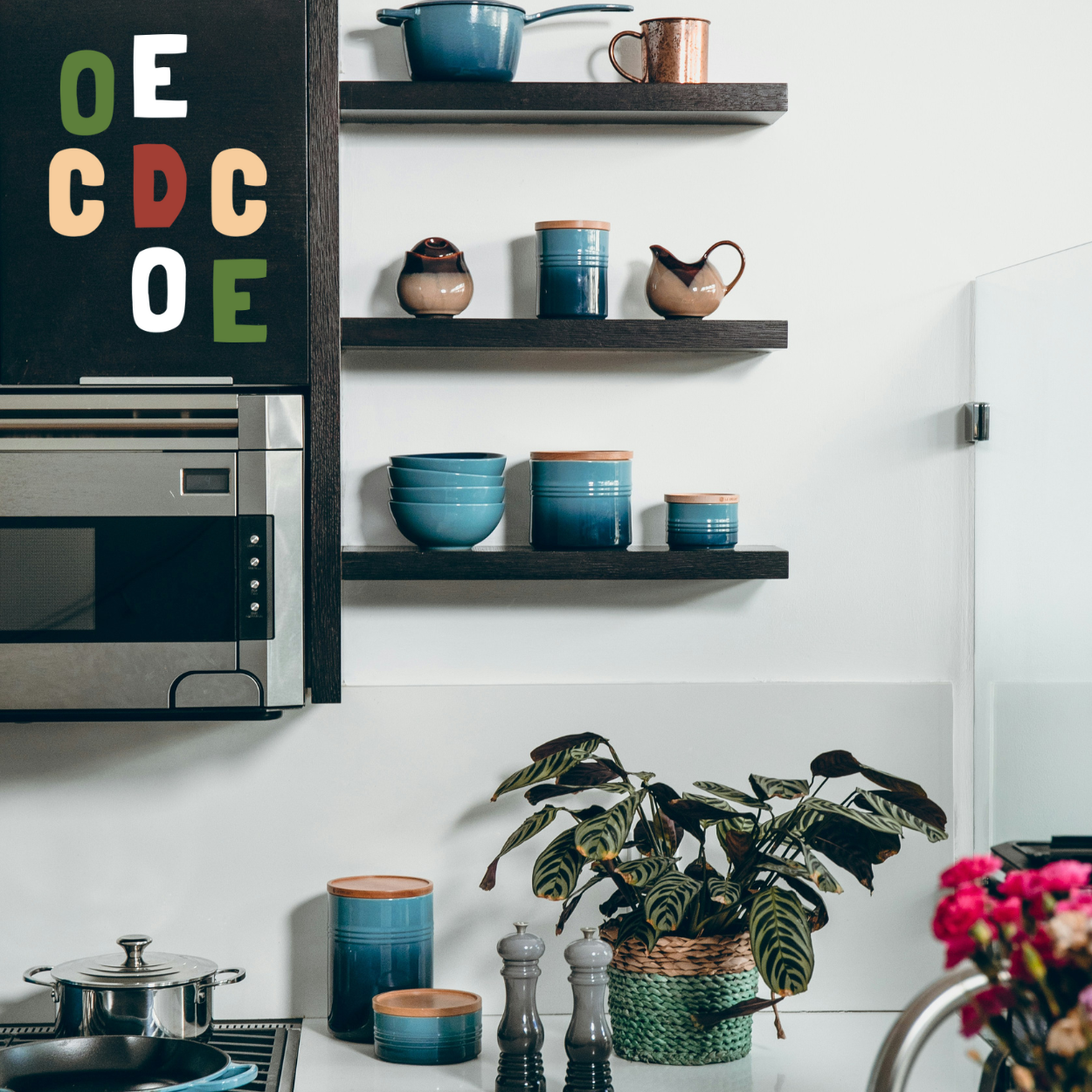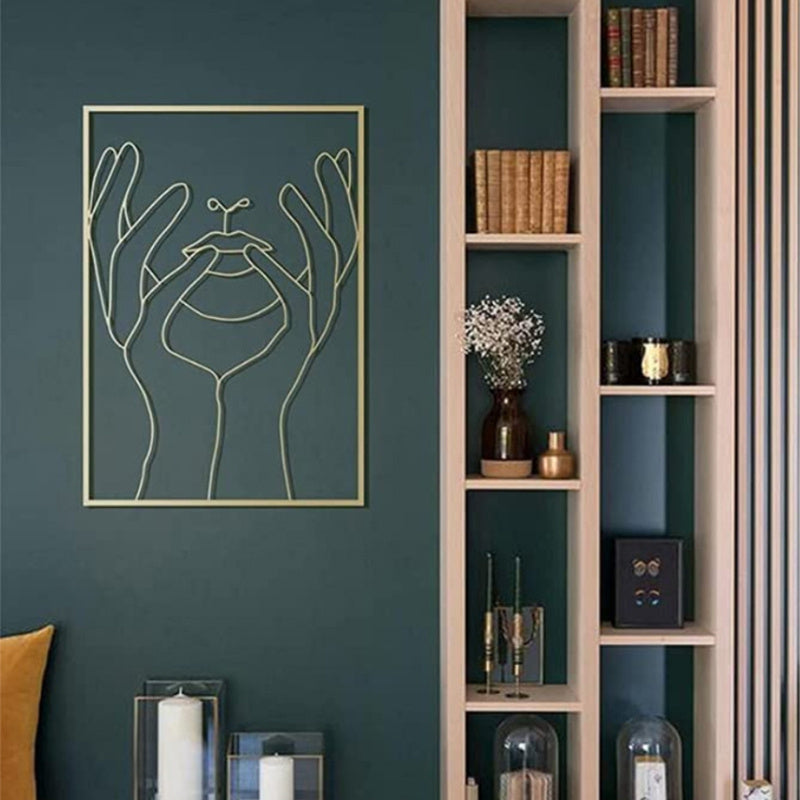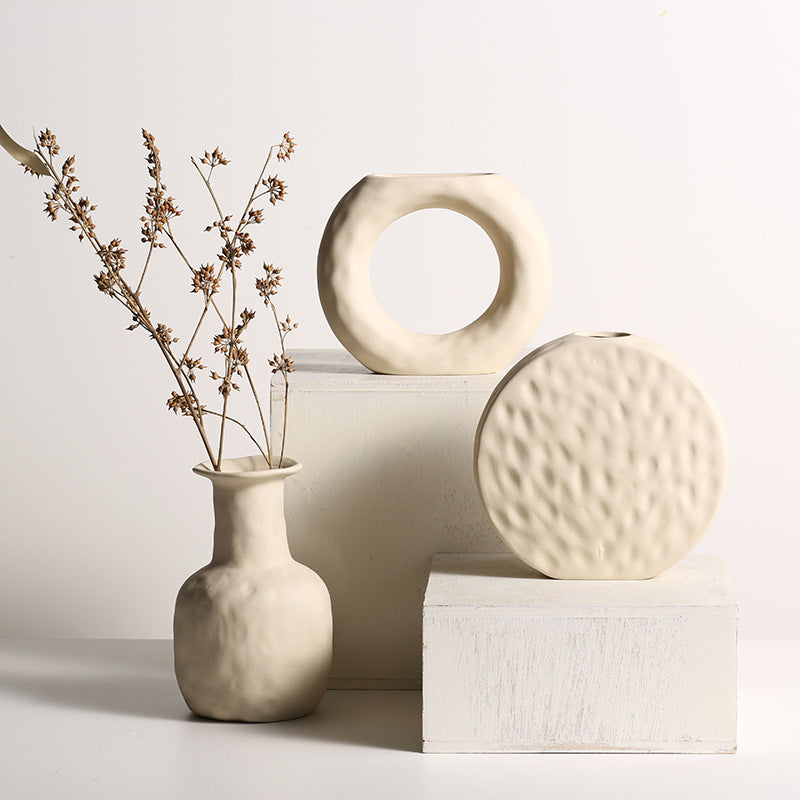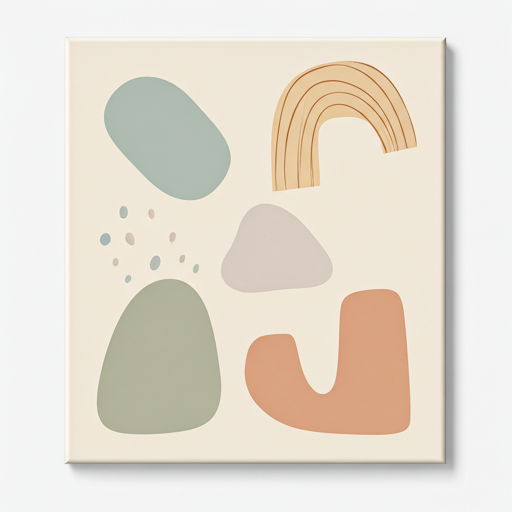Creating a Cohesive Home: How to Make Every Room Flow Together
- by Adetoun2025
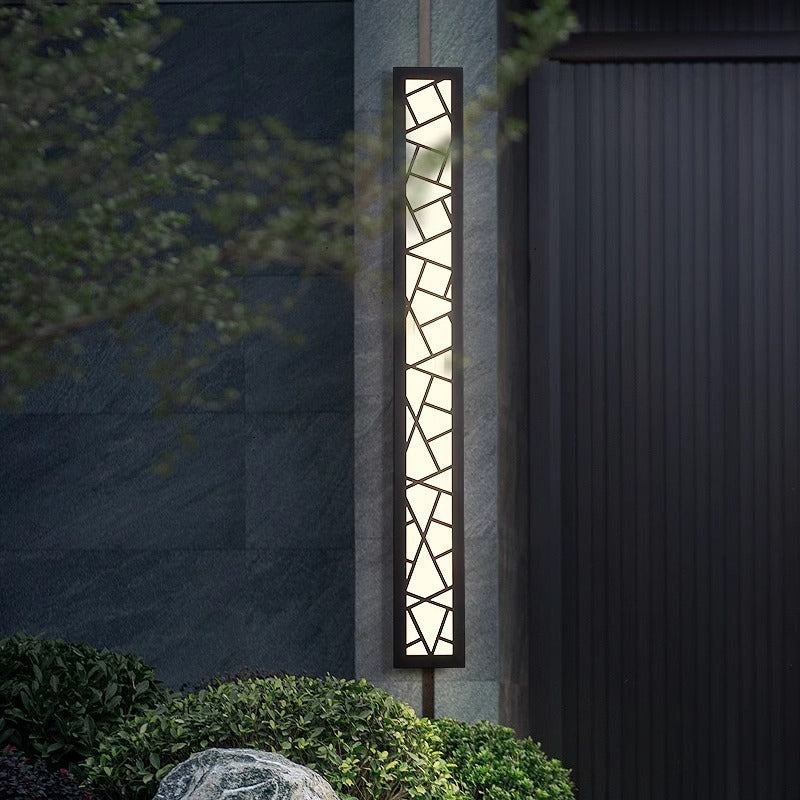
Creating a Cohesive Home: How to Make Every Room Flow Together
One of the biggest challenges in home decorating is creating a sense of flow and continuity throughout your space. A cohesive home feels intentional and well-designed, where each room connects naturally to the next while maintaining its own unique purpose and personality. Here's how to achieve that seamless, pulled-together look that makes your entire home feel like a unified sanctuary.
Understanding Visual Flow
Visual flow is what guides your eye naturally from one space to another, creating a sense of harmony throughout your home. This doesn't mean every room needs to look identical – instead, it means using consistent elements that create connections between spaces while allowing each room to serve its specific function.
The key is repetition with variation. You might use the same color palette throughout your home but in different proportions, or repeat certain materials while varying their applications. This creates familiarity without monotony.
Consider the sightlines in your home – what do you see when you stand in your entryway? How do the rooms connect visually when doors are open? These views are opportunities to create visual connections that enhance flow.
Establishing a Consistent Color Palette
The foundation of a cohesive home starts with a consistent color palette that flows from room to room. This doesn't mean painting every wall the same color, but rather choosing a family of colors that work harmoniously together.
Start with a neutral base that can work throughout your home – warm whites, soft grays, or creamy beiges provide the perfect foundation. Then choose 2-3 accent colors that you'll use in varying proportions throughout different rooms.
For example, you might use navy blue as the dominant color in your living room, as an accent in your dining room, and in small doses in your bedroom. This repetition creates connection while allowing each space to have its own personality.
Consider the natural light in each room when applying your color palette. Colors can look dramatically different in north-facing versus south-facing rooms, so test your chosen colors in each space before committing.
Repeating Materials and Finishes
Consistent use of materials and finishes throughout your home creates subtle connections that enhance flow. This might mean using the same wood tone for furniture pieces in different rooms, or repeating metal finishes in lighting and hardware.
Choose one dominant wood tone – whether it's warm oak, rich walnut, or painted white – and use it consistently throughout your home. This doesn't mean every piece needs to match exactly, but staying within the same wood family creates cohesion.
Metal finishes should also be consistent. If you choose brushed gold for your kitchen hardware, consider using the same finish for bathroom fixtures, lighting, and decorative accessories throughout your home.
Natural materials like stone, marble, or specific types of tile can be repeated in different applications – kitchen countertops, bathroom vanities, or fireplace surrounds – to create material connections between spaces.
Creating Rhythm Through Repetition
Rhythm in interior design is created by repeating elements at regular intervals throughout your space. This might be a specific pattern, a particular style of furniture, or even consistent spacing and proportions.
Repeat certain shapes throughout your home – if you love round mirrors, use them in multiple rooms in different sizes. If geometric patterns appeal to you, incorporate them in artwork, textiles, and accessories across different spaces.
Lighting fixtures offer excellent opportunities for creating rhythm. Using similar styles or finishes in different rooms creates connection while allowing each fixture to be appropriate for its specific space.
Balancing Unity and Variety
The goal is to create unity without uniformity. Each room should feel connected to the whole while serving its specific purpose and reflecting the activities that happen there.
Your living room might be the most colorful and pattern-rich space, while your bedroom uses the same colors in softer, more muted applications. The kitchen might feature your accent colors in backsplash tiles, while the bathroom uses them in towels and accessories.
Vary the scale and proportion of repeated elements to keep things interesting. A large geometric pattern in your living room rug might be echoed in smaller geometric accessories in other rooms.
Transitional Spaces: The Connectors
Hallways, entryways, and other transitional spaces are crucial for creating flow between rooms. These areas should clearly connect to adjacent spaces while serving as bridges between different room personalities.
Use these transitional spaces to introduce elements from connecting rooms. A hallway might feature artwork that echoes colors from both the living room and bedroom it connects.
Lighting in transitional spaces should complement the lighting in adjacent rooms. If your living room features warm, ambient lighting, your hallway should have similar warmth rather than harsh, cool lighting that creates jarring transitions.
Furniture Styles and Scale
Consistent furniture styles don't mean everything has to match, but pieces should feel like they belong in the same home. Mix different pieces within the same style family – modern pieces can vary from mid-century to contemporary while still feeling cohesive.
Pay attention to scale and proportion throughout your home. If you prefer substantial, oversized furniture in your living room, avoid tiny, delicate pieces in adjacent spaces that might feel out of place.
Consider the height of your furniture pieces. Varying heights creates visual interest, but dramatic differences can disrupt flow. Aim for a pleasing variety within a reasonable range.
Artwork and Accessories
Artwork provides excellent opportunities for creating connections between rooms. You might choose pieces by the same artist, works in similar color palettes, or pieces that share a common theme or style.
Create gallery walls that can be viewed from multiple rooms, using consistent framing and spacing that feels intentional and planned.
Accessories should feel curated rather than collected randomly. Choose pieces that share common elements – similar materials, colors, or styles – that can be distributed throughout your home.
Flooring Connections
Flooring is one of the most important elements for creating flow, especially in open-plan homes. Consistent flooring throughout main living areas creates seamless transitions and makes spaces feel larger.
If you must use different flooring materials, create thoughtful transitions at natural breaking points like doorways or where room functions clearly change.
Area rugs can help define spaces while maintaining floor continuity. Choose rugs that complement each other in style, color, or pattern to enhance rather than disrupt flow.
Lighting Consistency
Consistent lighting approaches throughout your home enhance the sense of flow and create a cohesive atmosphere. This doesn't mean identical fixtures, but rather similar lighting quality and warmth.
Choose bulbs with consistent color temperature throughout your home. Mixing warm and cool light can create jarring transitions between spaces.
Layer lighting consistently – if you use ambient, task, and accent lighting in your living room, apply the same layered approach in other rooms, adjusted for each space's specific needs.
Window Treatments
Consistent window treatment styles create strong visual connections, especially in homes where windows are visible from multiple rooms. This doesn't mean identical treatments, but rather similar styles, colors, or materials.
Consider the view from outside your home as well – consistent window treatments create a more polished appearance from the street and contribute to your home's overall curb appeal.
Common Mistakes to Avoid
Don't try to make every room identical – this creates monotony rather than cohesion. Each space should have its own personality while connecting to the whole.
Avoid introducing completely new color palettes in individual rooms. This creates disconnection and can make your home feel chaotic rather than cohesive.
Don't ignore the importance of transitional spaces. These areas are crucial for creating smooth flow between rooms and shouldn't be afterthoughts.
Starting Your Cohesive Design Journey
Begin by identifying the elements you want to repeat throughout your home. This might be a favorite color, a particular wood tone, or a specific style of furniture.
Take photos of your current spaces and look for existing connections you can enhance or disruptions you need to address.
Creating a cohesive home is about thoughtful repetition and intentional connections. Browse our collection of coordinating accessories, lighting, and decor to begin building the visual flow that will make your entire home feel beautifully unified.

